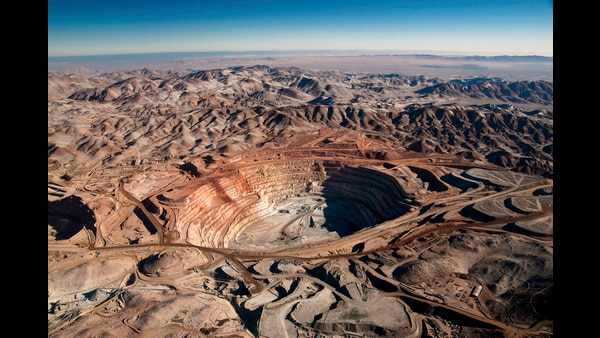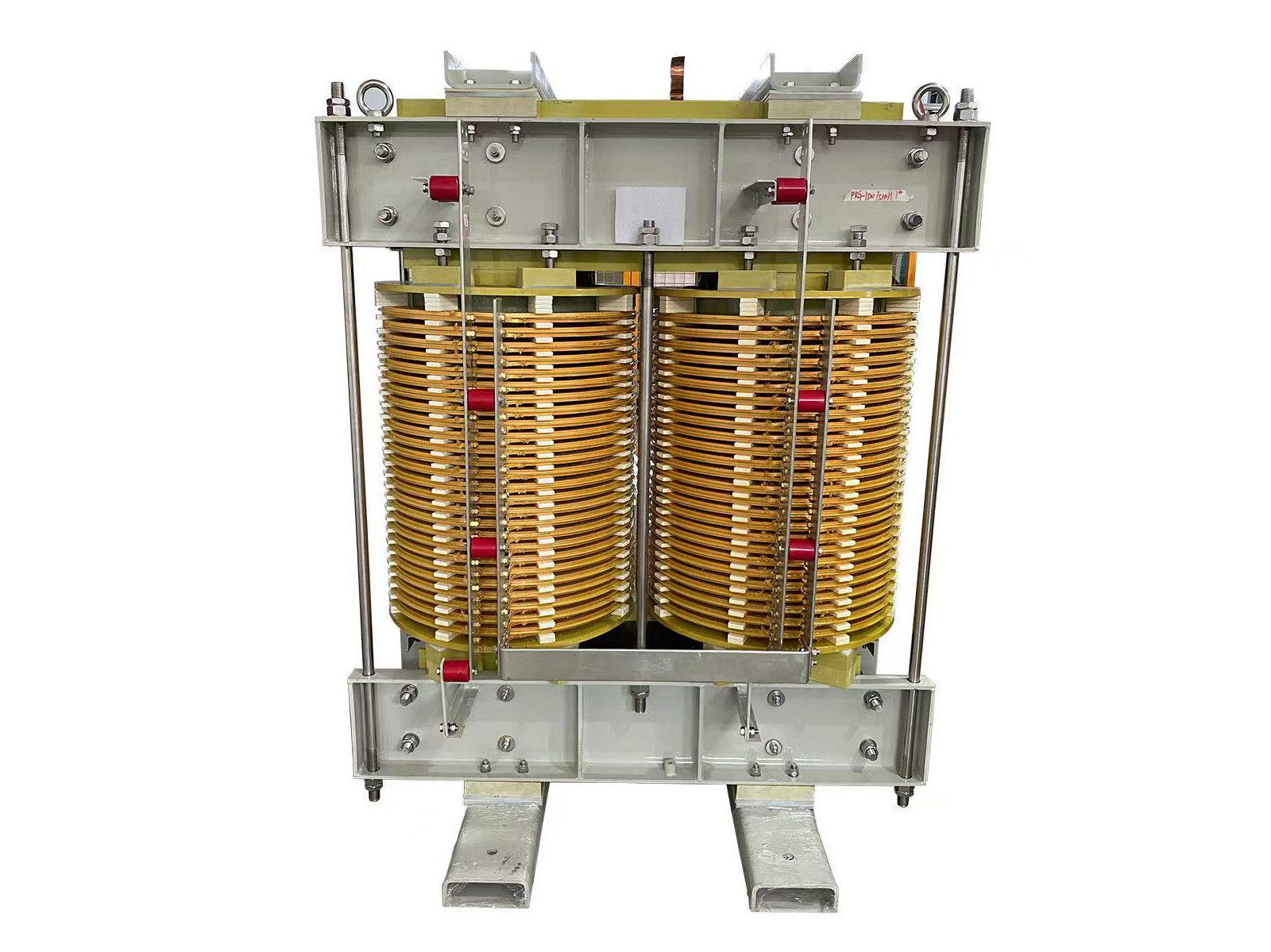Exploring the Pros and Cons of Mining: Unveiling the Hidden Gems and Environmental Concerns

Mining is a complex and multifaceted industry that plays a crucial role in global economic development. It involves the extraction of valuable minerals and resources from the Earth's crust. However, like any other industry, mining has its positives and negatives. In this blog post, we will delve into the various aspects of mining, exploring its benefits and drawbacks, while considering the impact on the environment and society.
Positive Aspects of Mining:
- Economic Growth and Job Creation:
Mining activities contribute significantly to economic growth by generating employment opportunities and attracting investments. It provides jobs for millions of people worldwide, particularly in resource-rich regions. The industry stimulates local economies, leading to improved infrastructure, increased tax revenues, and enhanced living standards. - Resource Extraction and Utilization:
Mining enables the extraction of valuable minerals, metals, and energy resources that are essential for various industries. These resources are used in manufacturing processes, construction, technology, and renewable energy production. Mining plays a vital role in meeting the global demand for raw materials, supporting industrial development and innovation. - Technological Advancements:
The mining industry drives technological advancements, leading to improved efficiency, safety, and sustainability. Innovations in mining equipment, exploration techniques, and extraction methods have revolutionized the industry. Automation, remote sensing, and data analytics have enhanced productivity, reduced risks, and minimized environmental impact.
Negative Aspects of Mining:
- Environmental Impact:
Mining operations can have significant environmental consequences. Deforestation, habitat destruction, and soil erosion are common issues associated with open-pit mining. Water pollution, including contamination of rivers and groundwater, is another concern. Additionally, mining activities contribute to greenhouse gas emissions and climate change, primarily through energy consumption and transportation. - Health and Safety Risks:
Mining can pose risks to the health and safety of workers. Accidents, injuries, and exposure to harmful substances are prevalent in mining operations. Dust and chemical emissions can lead to respiratory diseases, while noise and vibration can cause long-term health issues. Proper safety measures, training, and regulations are crucial to mitigate these risks. - Social and Cultural Impacts:
Mining activities can disrupt local communities and indigenous cultures. Land displacement, loss of livelihoods, and conflicts over resource ownership are common social challenges. Mining companies must engage in responsible practices, including community consultation, fair compensation, and sustainable development initiatives, to minimize negative social impacts.
Conclusion:
Mining is a complex industry with both positive and negative aspects. While it contributes to economic growth, job creation, and resource extraction, it also poses environmental, health, and social challenges. To ensure a sustainable future, it is essential for the mining industry to adopt responsible practices, prioritize environmental stewardship, and engage in dialogue with local communities. Striking a balance between economic development and environmental preservation is crucial for the long-term viability of the mining sector.
